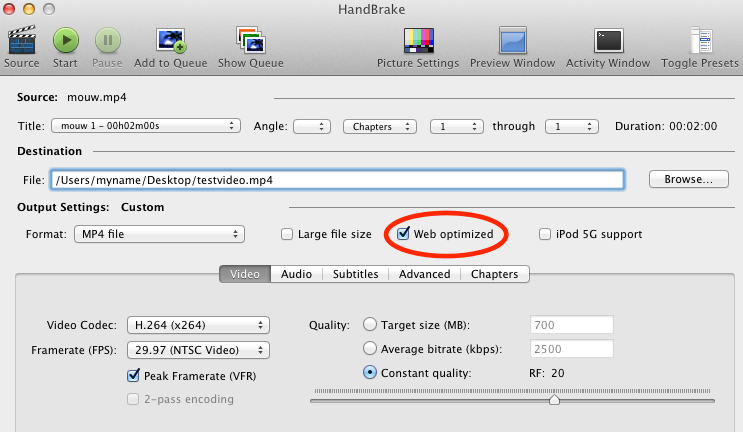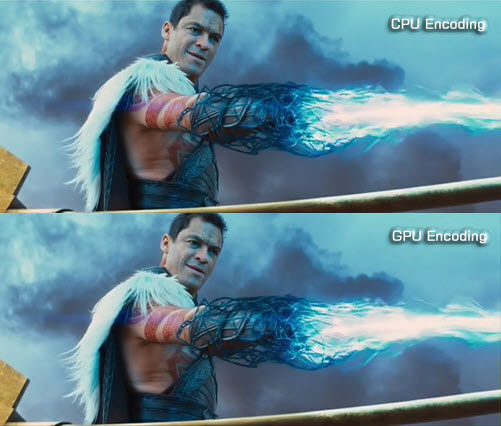


Why mention ffmpeg? Because it always represents a good state of open source support for these things and is actively developed. Running dxdiag.exe shows hardware acceleration to be on when you are on.
#HANDBRAKE GPU ACCELERATION SOFTWARE#
NET application utilizing DirectX Windows switches to software rendering mode over RDP).
#HANDBRAKE GPU ACCELERATION WINDOWS 10#
Handbrake and ffmpeg however also support NVEnc. A lot of our users use Remote Desktop from their Windows 10 Pro machines to other physical machines running Windows 10 Pro. So "support for OpenCL" is to be taken with caution, although the list of encoders with OpenCL support is long. Handbrake can move scaling to OpenCL, ffmpeg can filter with it, but itself can not beat libx264 to fully use OpenCL. The thing is, the libx264 (used in handbrake and ffmpeg.) does some lookaheads via OpenCL, but not the main encoding cause they did not want to rewrite the whole code. Handbrake H.264, FFmpeg, and according to Wikipedia allegedly MAGIX Vegas too, support OpenCL and could theoretically utilize CPU and GPU (even on nVidia GPUs with latest drivers), but no idea if the encoder can or does select that. As far as i understood it NVEnc is a nVidia only thing will only utilize GPU, but not the CPU. GPU accelerated video rendering is a hot mess since years. Serving as the best alternative to Handbrake, it can solve all of Handbrake H.265 encoding & decoding problems. Here, we introduce EaseFab Video Converter (available for Windows and Mac users) to you. and Speclab which you can also use as a VLF receiver. Best Handbrake alternative to encode H.265 with Nvidia GPU acceleration. which is extremely sophisticated and has all sorts of plugins available for it Baudline. These programs are all really cool in their own ways, and have the capability to analyze the spectral content of audio.

If you had a particular audio clip that you could use for testing at a set level, then you could analyze its spectral content to see if its spectral content looks out of the ordinary in any way. The later part sounds okay, not raspy but it does sound as if you equalized it using a U shaped curve - it sounds "thin" in the middle, it maybe needs a bit more "presence" it might sound better with more of the middle frequencies, the ear is the most sensitive to sounds around 1 khz? The others sound okay. It seems to me as if its just the beginning part of first video "Vegas 15 GPU Acceleration Testing" that has a kind of raspiness in my headphones.


 0 kommentar(er)
0 kommentar(er)
